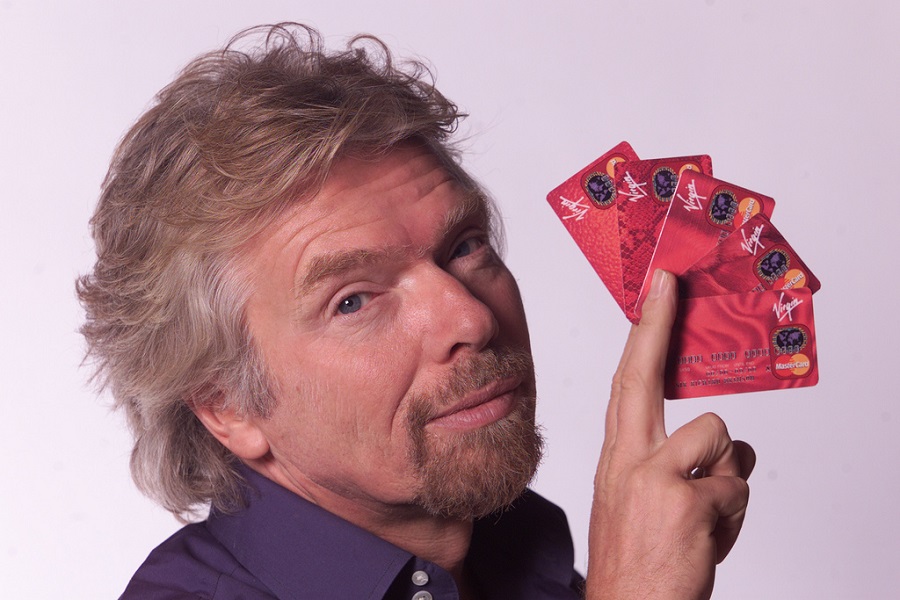Unless you were trapped in a mountain cave for the last four weeks, chances are that you’ve already heard about the ALS Ice Bucket Challenge. Starting from the 30th of June, The challenge received an exponentially increasing media attention – a phenomenon that we don’t usually witness in awareness-raising campaigns worldwide. One of the main reasons behind ALS’s Ice Bucket Challenge success was the early engagement of many high status figures and celebrities in the USA such as Mark Zuckerberg, Bill Gates, Justin Timberlake and Oprah Winfrey.
According to the ALS’s official website, the ALS Ice Bucket Challenge has until now secured a handsome $70.2 Million in generous donations from more than 1.3 million new donors compared to $2.5 million during the same time period of 2013. In case you’re wondering, the period here is less than a month; July 29 to August 24. Thumps up ALS, this is indeed a remarkable achievement!
Just as anything else that happens around us in this world, people usually split around it into two groups: the yeas and the nays. Obviously the challenge had both! You might be one of the enthusiastic yeas or one of the less excited critical nays. Anyways, whatever position you hold towards the ALS Ice Bucket Challenge, this doesn’t change the fact that it is still a great case study for us to watch closely and learn a lot of valuable lessons from.
I have always been interested in social psychology i.e. how people react and behave in different social situations and settings. Understanding how people respond to circumstances, environments and other people around them can be a key gate opener to a whole new perspective about life and living, especially if you are working in branding and marketing. I caught up on the challenge a little bit late; when Mark Zuckerberg challenged Bill Gates and I knew right away that it was time to set back, relax and keep an open eye on the whole scene.
I learned many interesting things just watching the development of the challenge and how did it go so viral in such a short period of time. It was very appealing to me to see how people (macro-celebrities, micro-celebrities, and non-celebrities) presented themselves to the camera and reacted to the chilled water. It was also interesting to see how and whom did they nominate for the challenge. After watching the challenge develop from being either a $100 donation or an ice bucket, then to a donation along with accepting the ice bucket and finally to just being all about dumping the ice bucket! Out of the many lessons I learned, here are the main 5:
1. What makes people share a certain piece of content online?
Usually people share what they really like and most importantly what they believe will make them look good in front of their friends and other people. When you say “viral”, that means a piece of content has been shared by your friends and their friends. Meaning it reached out to the third circle. Therefore, sharing is no longer tide to the personal relationship/friendship with the author but rather to the degree of “coolness” of the content itself.
In the case of the ALS Ice Bucket Challenge, the early traction it gained with a lot of celebrities riding along made it a good sharing material. People responded to the challenge for different reasons, some for genuine charity, some for publicity, some for the sake of challenge and others did that just for fun. However, everyone did it for their own reasons hoping that it will make them look good to others. So if you want your content go viral present it in a way that looks good and makes other people look good too.
2. How new should your new idea be?
Just because something exists, that doesn’t mean people will know about it by default. ALS is by no means a new disease and it has been around for decades. However, fighting ALS it hasn’t gained much attention and donations until someone decided to present it in a whole new package – a cool package indeed!
As entrepreneurs this can teach us that no matter how old an idea or a concept seems to be, we can always package it in a new revolutionary way that is useful for ourselves and for others. You don’t need a 100% new idea to build a profitable business around. All you need is a 1-5% new idea wrapped in an appealing package to start selling and adding value. A great example of this is the bestselling book: The Obstacle Is the Way: The Timeless Art of Turning Trials into Triumph By Ryan Holiday. Holiday took the ancient roman philosophy of stoicism and turned it into a 21st century self-improvement material. People didn’t mind that most of the concepts in his book are old and he hardly came up with anything new, still they bought it and enjoyed reading it. So if you think that the market is over saturated with ideas, concepts and inventions, keep in mind that there’s always a place for more.
3. Know how to ring the “bell curve” – Innovation Adoption Life-cycle
It is a fact that most people aren’t innovators nor early adopters (together form a shy 16% of the whole market). However, choosing the right innovators can set the line between life and death of your business/product. Some people think that if you go for famous figures and gain their support then you’ve stepped with your product on a solid ground, this isn’t very accurate since being a celebrity doesn’t qualify you automatically to be an innovator or an early adopter.
During the ALS Ice Bucket Challenge we could easily spot those who were really innovators among celebrities; those who weren’t afraid of publicly dumping a bucketful of ice over their heads at the very early stages of the challenge – when it wasn’t that known or trusted. Then it was time for the early adopters, who most likely did it because they were challenged by an innovator friend. Currently we are witnessing the clash of majorities and the cycle will continue. Eventually we’ll see those laggards who will do the challenge too late after the flame of ice has faded just because everybody else did it and they’re left with no choice. Still some will chose simply not to respond to it at all.
So choose your target segment wisely. Sometimes choosing the wrong influential audience – especially if they were lazy – will trigger the alarm and might do you much more harm than good.
4. People will appreciate it if you lead so that they can follow. As an entrepreneur, you owe them at least that much
Have you ever been to a new place where you felt as a total stranger? An example of that might be your first day at school or college, your first day in your job or simply being lost in a new crowded city. What was the first thing you did? Was it maybe that you looked around until you spotted someone who seemed to know where they were going and then you followed them?
Leadership is a unique and valuable trait of successful people throughout history. Being a leader means having enough courage to go first and discover the realm of the unknown on the other side, then to get back and teach others how to succeed just like you did. Being a leader means to create a new way when there’s no way.
After many people saw their celebrity role models whom they love and trust dumping bucketfuls of ice over their heads, they started doing the same and sharing their videos on social media with their friends. Most average people don’t like to take initiative – they fear being first. Understanding this concept will free your imagination to come up with more and more ideas to add value into other people’s lives. In this sense, being driven towards success and excellence and striving to be #1 in what you do isn’t selfish at all. After all you are doing everybody else a favor! Remember that the prize waiting for you at the finish line is proportional to the number of lives that you touch and improve.
5. Surfing is an essential sport for marketers and entrepreneurs. Learn how to surf!
Getting viral is a means to an end. It is just like a huge ocean wave that will eventually fade away; so be prepared to utilize it when it comes and to kiss it goodbye when it goes. A wave might boost your business/product for a while but it won’t provide you with continuous growth. So before marketing your product, plan a head and know your milestones in advance. Always be thinking in terms of what’s next. Never take anything for granted; because life has proven to us time and again that only fools think in terms of entitlements.
finally, people loved the Ice Bucket Challenge because it gave them a sense of adventure and excitement. Dumping a bucketful of ice over themselves isn’t an easy task for many people; or at least they have never tried it before to see if they can do it or not. together with the joy of giving to charity it made a nice combo for a hit campaign.
You don’t need to record yourself on a camera in order to prove to the world that you are a courageous good person. All you need is a deal with yourself, a contract if you well, that states your willingness and commitment to achieve a certain goal in your life – or else you will dump a bucketful of ice all over yourself. The Ice Bucket is symbolic to whatever makes you tick; be it a high stake condition on yourself, a promise in front of a friend whom you trust and admire, a donation to a charity of your choice to a cause that you hate, not to buy yourself that chocolate cake you love or anything else that will set you liable in front of yourself. Simply but: a decent motivation to take action and achieve your goal.
Go ahead and find your own Ice Bucket. Raise the bars a little bit and you’ll be amazed how fast your muscles grow and your skills develop.
###
Photo: Kymberly Janisch
What do you think of the ALS Ice Bucket Challenge? Do you consider yourself an innovator/early adopter? Have you done the ALS Ice Bucket Challenge yet? If yes it would be great if you share your story with us or post a link to your video.


